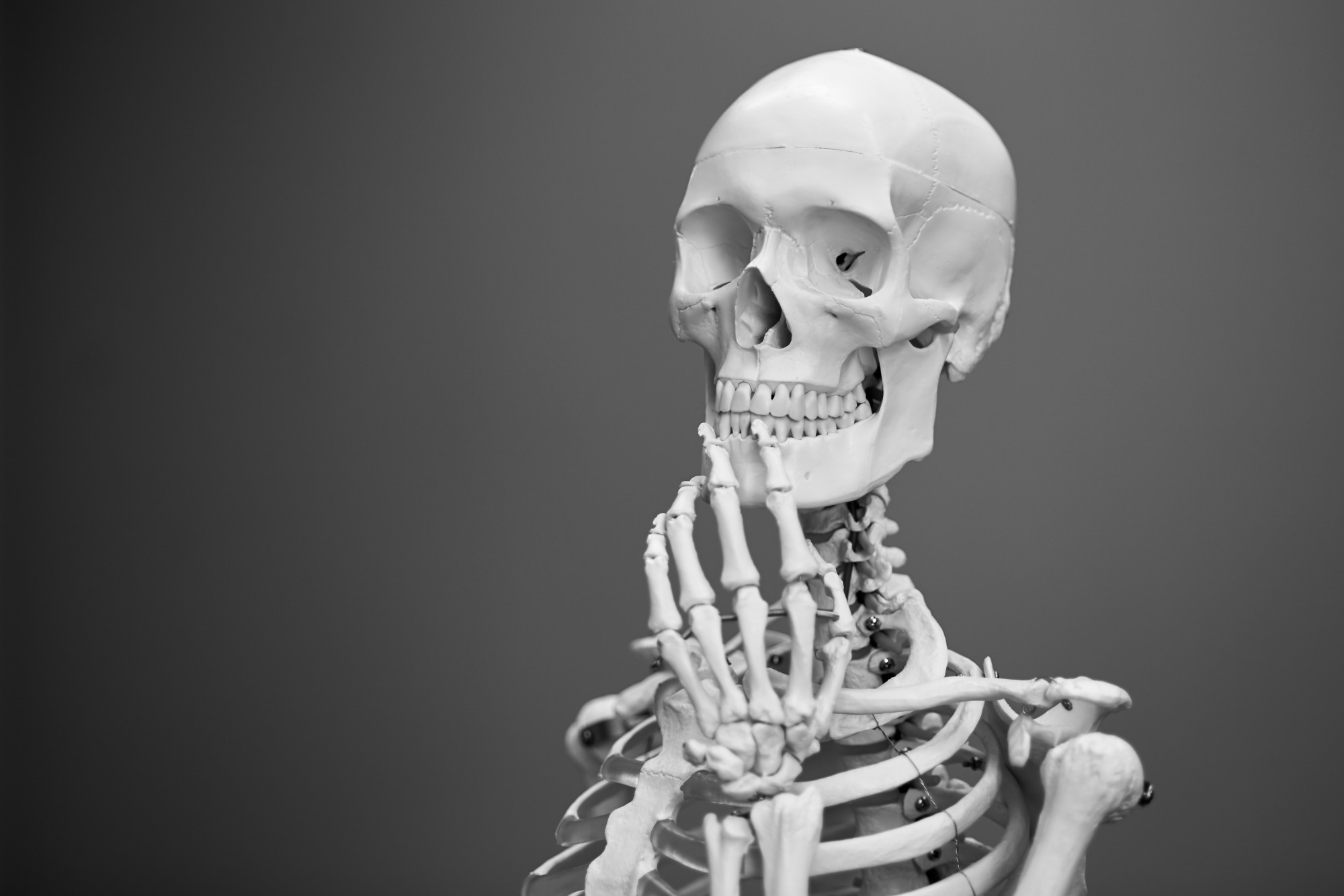Football, a sport celebrated for its dynamic plays and physical prowess, demands a finely tuned symphony of muscles to execute every kick, sprint, and tackle. In this comprehensive exploration, we delve into the intricacies of a football player’s anatomy, dissecting the names and functions of the muscles that drive their performance on the field.
The Head and Neck
At the top of the anatomical hierarchy is the head, a sanctuary for the brain—the mastermind orchestrating every move on the field. Supporting this crucial structure is the neck, housing an array of muscles including:
Sternocleidomastoid: This muscle, running from the sternum and clavicle to the mastoid process, allows for head rotation and flexion.
Trapezius: A large muscle extending down the back of the neck and spine, vital for upper body movement and posture.

Shoulders and Upper Body
The shoulders, composed of the deltoids and trapezius muscles, serve as the dynamic foundation for many football actions. The upper body, including the chest and back, contributes to strength, balance, and resilience. Specific muscles involved include:
Deltoids: These shoulder muscles enable arm movement in various directions.
Pectoralis Major: The chest muscle, crucial for movements involving the arms, such as throwing and shielding the ball.
Latissimus Dorsi: Spanning the back, this muscle aids in arm movements and provides stability.
Arms and Hands
Precision in ball control, passing, and shielding requires the engagement of muscles in the arms and hands:
Biceps Brachii: This muscle in the upper arm flexes the elbow and assists in ball control.
Triceps Brachii: The opposing muscle, extending the elbow, comes into play during actions like throwing.

Forearm Muscles: These muscles control hand movements and grip strength, essential for handling the ball.
Torso and Core
The core, a powerhouse for stability and agility, involves several key muscles:
Rectus Abdominis: Known as the “six-pack,” this muscle aids in flexing the trunk.
Obliques (Internal and External): These muscles facilitate rotational movements and lateral flexion.
Transversus Abdominis: Positioned beneath the obliques, it acts as a stabilizing corset for the spine and pelvis.
Hips and Pelvis
The hips, housing muscles such as the iliopsoas and gluteus maximus, contribute significantly to running, kicking, and balance:
Iliopsoas: Comprising the psoas major and iliacus, this muscle group is vital for hip flexion and stability.

Gluteus Maximus: The largest buttock muscle, essential for hip extension during actions like kicking.
Legs and Thighs
The powerhouse of a football player’s lower body lies in the thighs, home to the quadriceps and hamstrings:
Quadriceps (Rectus Femoris, Vastus Lateralis, Vastus Medialis, Vastus Intermedius): These muscles extend the knee during actions like kicking.
Rectus Femoris Vastus Lateralis
Vastus Intermedius
Hamstrings (Biceps Femoris, Semitendinosus, Semimembranosus): These muscles flex the knee and extend the hip, crucial for explosive movements.
Biceps Femoris
Semitendinosus
Semimembranosus
Knees
The knee joint, supported by ligaments and tendons, is vital for stability and proper movement:
Knee Joint
Anterior Cruciate Ligament (ACL): Prevents excessive forward movement of the tibia.
Posterior Cruciate Ligament (PCL): Prevents excessive backward movement of the tibia.
Medial Collateral Ligament (MCL) and Lateral Collateral Ligament (LCL): Stabilize the knee against lateral and medial forces.
Calves and Ankles
The calves, housing the gastrocnemius and soleus muscles, aid in explosive movements:
Gastrocnemius: This muscle flexes the ankle and knee during actions like jumping.
Gastrocnemius
Soleus: Works with the gastrocnemius for ankle movement and stability.
Soleus
Feet
The intricate structure of the feet involves various bones and joints crucial for ball control and precise movements:
Metatarsals: These bones provide the foundation for movements involving the toes and ball control.
Metatarsals
Plantar Fascia: A band of tissue supporting the arch of the foot, essential for stability and balance.
Cardiovascular System
Beyond the musculoskeletal system, the cardiovascular system is the unsung hero sustaining a football player’s endurance:
Heart: The central pump delivers oxygenated blood to active muscles.
Lungs: Providing the oxygen necessary for aerobic metabolism during continuous movement.
Training and Conditioning
To optimize performance, football players engage in a multifaceted training regimen:
Strength Training: Targeting major muscle groups, strength training enhances power and resilience.
Agility and Speed Training: Drills and exercises for rapid changes in direction and bursts of speed.
Cardiovascular Endurance: Activities like running drills and aerobic exercises to build and maintain endurance.
Flexibility and Mobility: Essential for movements like kicking, stretching exercises and dynamic warm-ups enhance flexibility.
Skill-Specific Drills:Focused exercises to refine ball control, passing accuracy, and other football-specific skills.
The anatomy of a football player is a harmonious blend of strength, agility, and precision. Each muscle, ligament, and joint plays a crucial role in executing the intricate dance on the football field. Understanding this intricate tapestry not only deepens appreciation for the athleticism involved but also sheds light on the meticulous training required to keep this athletic machine finely tuned. Football is not just a sport; it’s a symphony of the human body in action.
